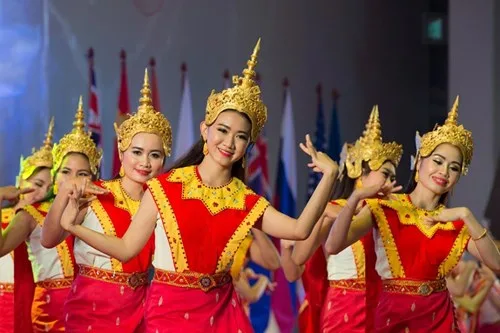From innovative technology to green landscapes to 5,000 years of culture, South Korea offers a remarkable harmony between a well-kept heritage and modernity. We suggest you discover the Gat, a traditional Korean hat, which perfectly exhibits the deep-rooted customs that have made the country what it is today.

The Gat is usually worn along with a hanbok (national costume). The identification of social status through the style of their hat has played a significant role in the history of South Korea. At that time, people wore a Gat to indicate their social class and occupation.
Design & Function

Boasting a unique design and shape, this hat, made by carefully threading horsehair and strips of bamboo, was first produced during the Joseon Dynasty (1392-1897). To make these hats, they boil the bamboo, cut them into hair-like threads, then weave and shape them by hand.
A Gat has two major components: the moja (horse hair crown), which covers the head, and yangtae, the beak. Cylindrical in shape with a wide rim on a bamboo frame, these hats are typically semi-transparent black.
It is conventionally worn for protection against the sunlight, wind, and rain while also functioning as a status symbol among its people.
Types

Colors and types of a Gat differed by occasion or social class. Examples include:
Black Gat: worn by men who had passed the gwageo or civil service examinations.
Red Gat: worn by military officials and soldiers.
White Gat: worn during times of national mourning.
Paeraengi (brown): worn by commoners and woven from split bamboo.
Modern-Day Use

Nowadays, elders and rural people still commonly wear these hats in everyday life. During special occasions, when bowing to one’s parents or ancestors, people would wear a Gat as a sign of respect toward them.
On December 24, 1964, it was listed as the 4th most important Intangible Cultural Property by UNESCO. Today, many tourists wear them at Seoul’s palaces with the traditional Joseon-era attire. The capital’s Hanok Village and many old Silla sites in Gyeongju are typical places to find visitors renting colorful hanbok and many synthetic Gats, celebrating the vibrant history of South Korea.



